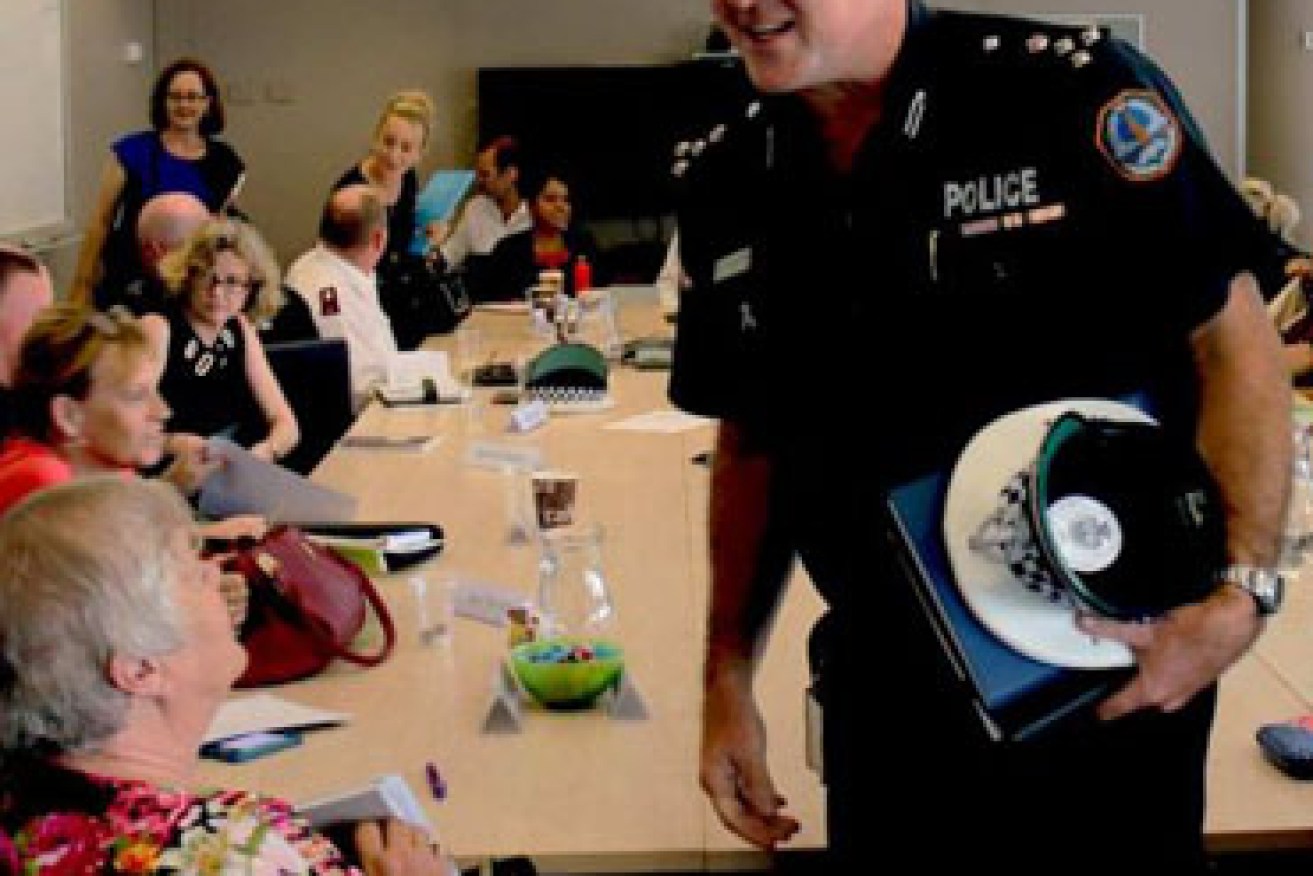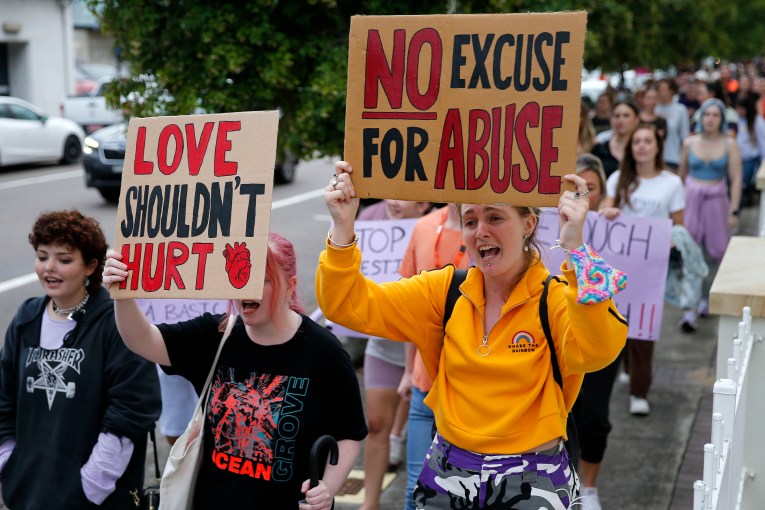Ice ‘linked’ to Darwin FIFO miners


ABC
Anecdotal evidence suggests the arrival of crystal methamphetamine in some remote communities has been linked with the arrival of fly-in, fly-out (FIFO) mining workers, the National Ice Taskforce meeting in Darwin has heard.
But the inquiry also heard the evidence was “second or third-hand” and there was no hard evidence ice had reached remote communities in the Northern Territory.
The Federal Government inquiry, which has been visiting cities and towns across Australia, confirmed there had been a gradual increase in ice use in the NT, outstripping the growth in use of other drugs.
• National Ice Taskforce kicks off in Mount Gambier
• Drug addicts neglected after detox: report
• Former ice addict backs fight against mind-eater
But the inquiry found this increase was from a low base and alcohol was still the most important health problem in the Top End.
Taskforce member Richard Murray acknowledged majors gaps in authorities’ knowledge of the extent of the problem, the scale of use, and the vectors of its spread from towns to remote areas.

Reps from police, health and community sectors in Darwin. Photo: ABC
“I don’t think we have a data on the significance of the problem, is the honest answer,” he said after meeting with frontline organisations in health and community sectors.
Last week the ABC reported submissions to the NT Government’s parliamentary committee into methamphetamine use raised concerns ice was reaching communities from neighbouring mine sites.
At least six communities in the NT have reported the presence of ice, according to Darwin Region Indigenous Suicide Prevention Network chairwoman Ngaree Ah Kit, who met with the Taskforce in a private forum on Tuesday.
Meanwhile, Northern Territory police and rehabilitation providers are calling for greater focus on community services and health funding.
Detective Superintendent Tony Fuller, who is the head of the NT taskforce on ice, said the region needed more treatment options.
“It’s not just a law enforcement issue – it’s a community issue,” Supt Fuller told 105.7 ABC Darwin.
“We’re not out there just to lock people up. We’d like to see them get off the gear.”
A leading figure in drug and alcohol awareness echoed these sentiments in April, and said convicted drug addicts should be directed into treatment and recovery, instead of being piled into jails.
Victorian Alcohol and Drug Association executive officer Sam Biondo told The New Daily that the taskforce must channel funding into recovery and treatment – rather than sending drug users and dealers to prison and racking up “huge costs”.
‘Notable rise in ice patients’: rehab centre
Banyan House, one of the Territory’s only residential rehabilitation centres, is experiencing a noticeable rise in patients struggling with ice use.
Back in 2010, one in 10 of the 28-bed centre’s patients were ice addicts. That number is now at 85 per cent.
In April, the centre reached capacity for the first time in five years following a string of ice-related admissions.
Banyan House executive director Chris Franck said many of the users presenting at the centre are smoking and injecting the crystalline drug.
“(With other drugs) people were chilled out and easy going,” Mr Franck said.
“With your presentations with ice, the people are erratic and aggressive. It takes a different sort of service to deal with this.
“It’s alarming because the service is probably not set up for this sort of (drug user).”
The taskforce was announced by Prime Minister Tony Abbott in April, who labelled the drug “pernicious and evil”.
– with ABC








